School of Mathematical and Physical Sciences
University of Technology, Sydney
and
International Centre for Quantum and Molecular Structure
Shanghai University
Professor Reimers pioneered the application of the chemical quantum theory of coupled electronic and nuclear motions to large systems of biochemical and technological relevance. His work explains how during photosynthesis the protein structure manipulates the complex light-matter interaction around the ‘special-pair’ solar-to-electrical conversion apparatus to control energy harvesting. He has also developed ways of interpreting the chemical signatures manifested when single organic molecules conduct electricity, and he has evaluated the role of chemical quantum effects in manifesting consciousness.
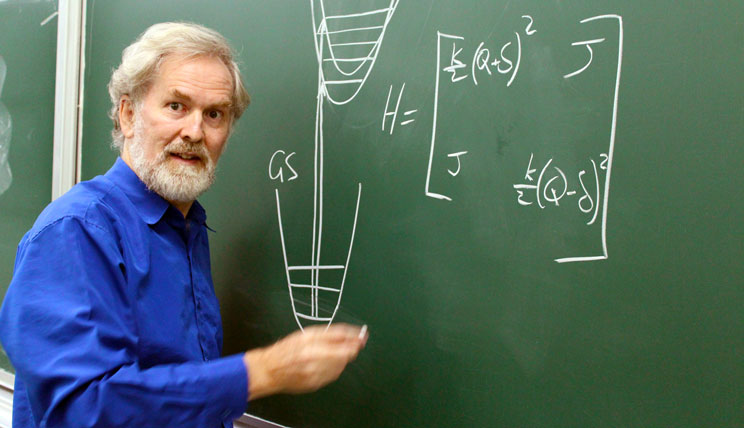
Department of Geology and Geological Engineering
Colorado School of Mines
Professor Hitzman is one of the world’s leading mineral-deposits scientists. He has distinguished himself as a first class researcher, an outstanding educator, a successful mine discoverer and developer, and an influential scientific advisor to government. The foundation of his achievements has been careful field studies of many different types of mineral deposits and insightful interpretations based on an excellent understanding of the physics and chemistry of mineral formation. His outstanding record of success includes the discovery and development of the Lisheen lead-zinc mine in the Republic of Ireland, his leadership role in the recognition and characterisation of a new type of mineral deposit—the iron-oxide copper gold or IOCG type—and his new ideas on the origin of the sediment-hosted copper deposits of Central Africa. His work is having a growing impact globally on 21st century mineral exploration.
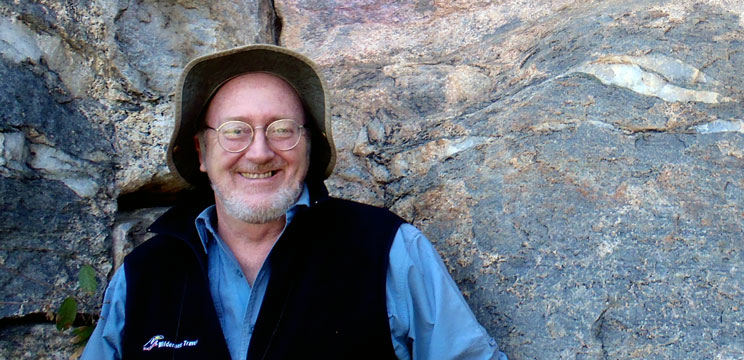
School of Earth & Environmental Sciences
University of Wollongong
Professor Murray-Wallace has conducted outstanding, multidisciplinary research in the field of coastal science. He investigated past sea level changes using a variety of dating techniques, including the progressive changes in the amino-acid composition of marine mollusc shells to date past environmental changes. This work is particularly relevant today to understand coastal evolution under a progressive sea level rise. His coastal research in southern Australia has revealed evidence for neotectonism during the Quaternary in a continent traditionally regarded as tectonically highly stable.
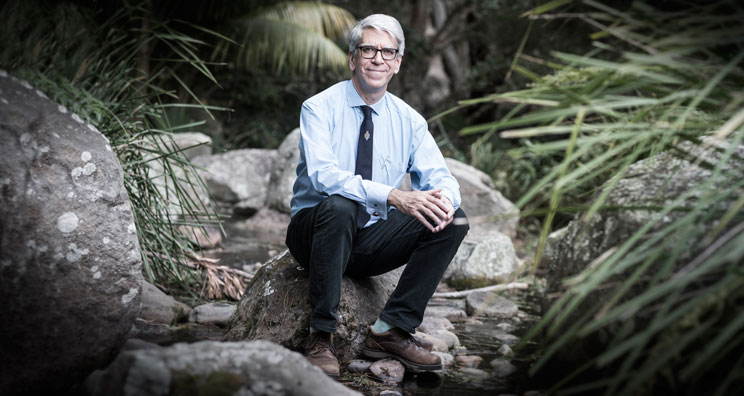
Australian Centre for Advanced Photovoltaics
UNSW
Professor Green is an acknowledged world‐leader in field of photovoltaics. He has published extensively and influentially, made many highly significant contributions to the knowledge base of the field, and successfully established a world‐class research hub that is responsive to Australian needs in the photovoltaics industry. Several generations of his group’s technology have been successfully commercialised including, most recently, the Passivated Emitter and Rear Cell (PERC) that produced the first 25% efficient silicon cell in 2008 and accounted for the largest share of new manufacturing capacity added worldwide in 2014. His fundamental and applied research has led to, and will continue to lead to significant economic benefits both in Australia and worldwide.
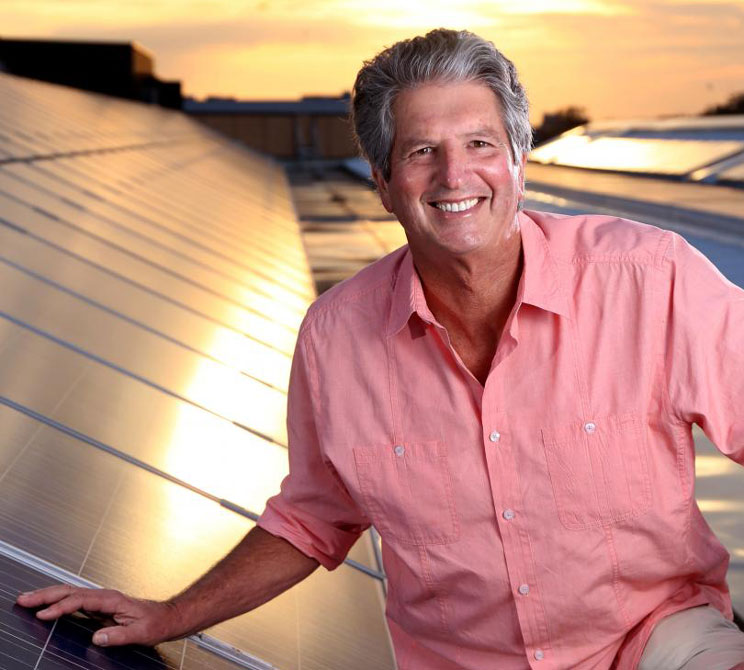
Research School of Biology
The Australian National University
Professor Graham Farquhar is an outstanding plant scientist whose innovative work has had far reaching impact on our understanding of plant function in a changing world. Combining mathematical rigour and biological insight, his highly cited research has been applied at vastly different scales, from how plants partition their resources between water use and photosynthesis to global interactions between vegetation and the atmosphere. His work has enabled development of crop varieties that are better equipped to cope with changing environmental conditions, particularly those associated with drought.
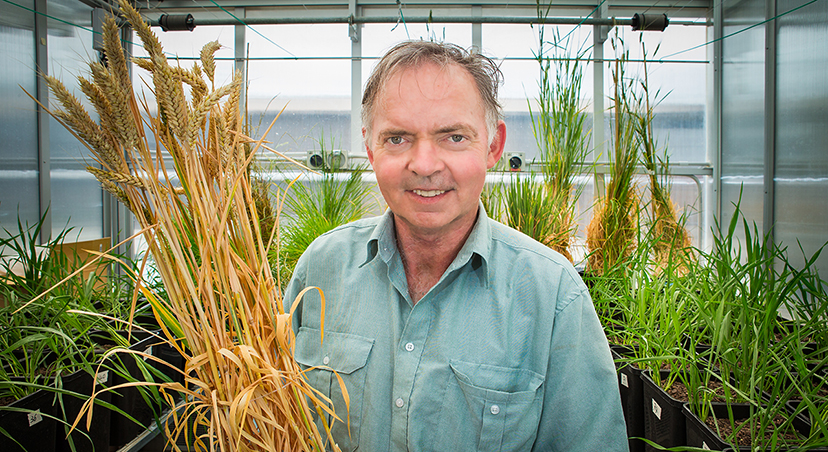
Infectious Disease Modelling, Centre for Population Health
Burnet Institute
Professor Wilson is recognised internationally for his work in mathematical modelling, impact evaluation, surveillance and public health strategy development by developing innovative approaches to HIV epidemiology, including monitoring and reporting HIV, viral hepatitis and sexually transmitted infections. Professor Wilson has translated his research into high impact, real‐world outcomes, providing the essential evidence base, including cost-effectiveness, to make decisions that affect global health: the epidemiological equivalent of ‘bench-to-bedside’.
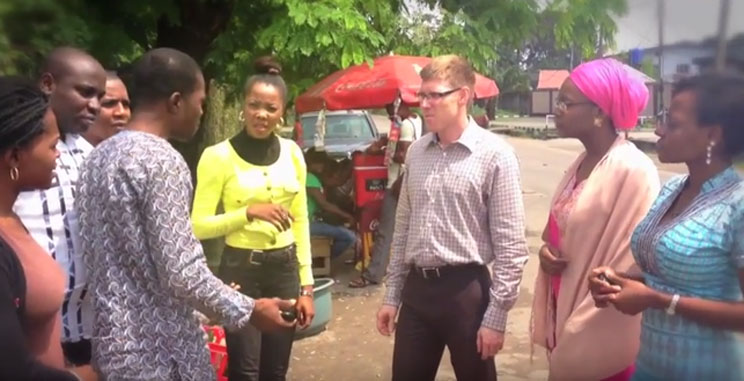
Department of Microbiology and Immunology
The Peter Doherty Institute for Infection and Immunity
Associate Professor Kedzierska combines cutting-edge basic research with unique clinical studies to define how to generate protective immunity against pandemic and newly emerged influenza viruses. Her research identifies key factors that drive the severe and fatal influenza disease in high-risk groups, including the young, elderly, pregnant women, immunosuppressed individuals and Indigenous Australians. Her findings on the optimal human immunity to influenza viruses have implications for vaccine design and development, and are applicable to other infectious diseases and tumours.
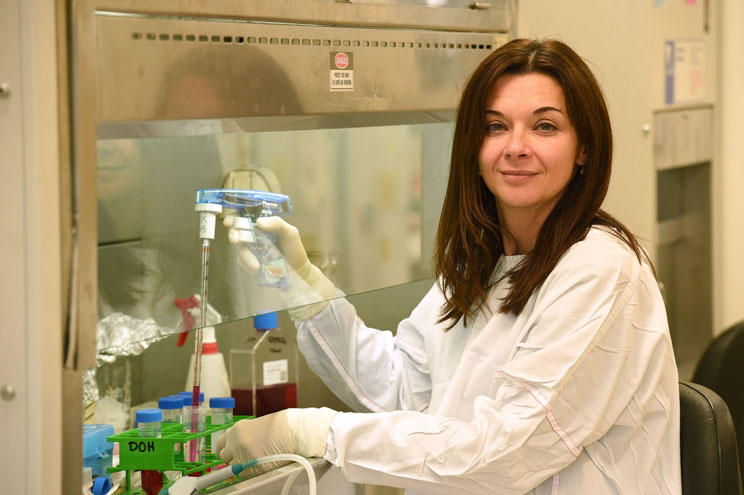
ARC National Key Centre for Geochemical Evolution and Metallogeny of Continents, Department of Earth and Planetary Sciences,
Macquarie University
Dr Belousova has achieved international renown for her TerraneChron® method for analysing trace elements in zircon and applying this technology to studying crustal evolution. Her discoveries have greatly influenced understanding of the geological development of the Australian continent and has major significance for mineral exploration.
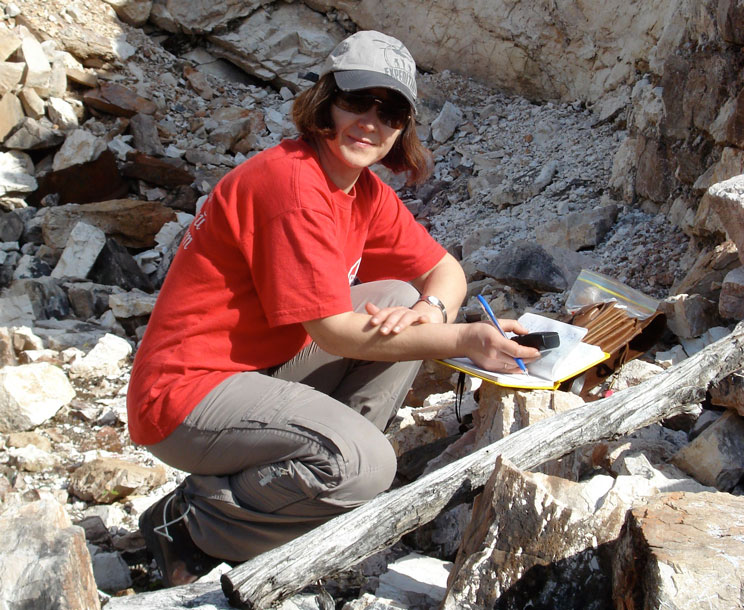
Graz University of Technology
Professor Paolo Falcaro engineers nano-materials to bring materials with exceptional functional properties to our everyday life. He makes nano-particles and ultra-porous crystals for medicine and the environment, targeting applications where other materials fail. His research team engineer these materials down to the molecular level, which allows for fine-tuned control over the functional properties. By tailoring the characteristics of these materials, specific applications can be met. For example, Professor Falcaro has developed magnetic materials for the decontamination of water from carcinogens and heavy metals. He has pioneered new carriers for the encapsulation, preservation and release of pharmaceuticals, addressing a major problem facing biotechnology, especially for treatment in developing countries. He is also developing miniaturized portable chips for the detection of deadly pathogens, useful for preventing viral outbreaks.
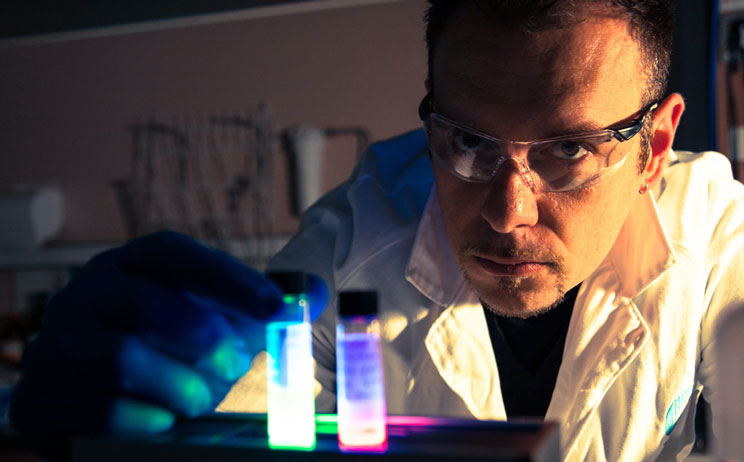
School of BioSciences
University of Melbourne
Associate Professor Elith specialises in developing and evaluating species distribution models, statistical models that describe relationships between the occurrence and abundance of species and the environment. These models are used to predict where species occur in the landscape, or where they might occur in the future. Associate Professor Jane Elith has rapidly become one of the world’s most influential researchers in applied ecology. In addition to her major academic impacts, her guides and novel tools for modelling species and ecological communities have been used by government and environmental management agencies in Australia and internationally. The interface between environmental management and science makes extensive use of her research to plan management of invasive species, improve conservation of biodiversity, and contribute to strategic land-use planning. In this way, Associate Professor Elith has substantially influenced academic research, but also impacted environmental management nationally and internationally.
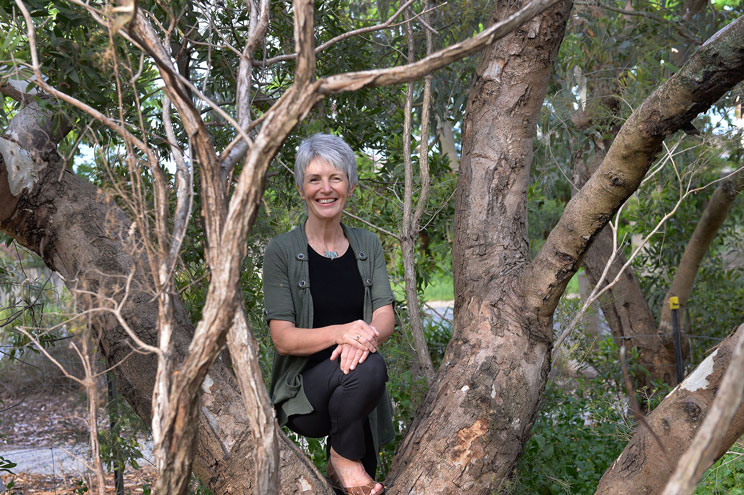
Mater Research Institute
University of Queensland
Associate Professor Faulkner is a leading researcher in the field of genomics, where computers can be combined with high-throughput machines to analyse the DNA found in individual human cells. In recent work, Dr Faulkner and his team have discovered unusual genetic changes in neurons associated with the activity of mobile DNA, a type of ‘jumping gene’. This variation means that each neuron in the brain presents a unique genome that is slightly different to every other cell in the same person’s brain. Interestingly, the parts of the genome most important for neurons to function normally are the most likely to carry changes associated with mobile DNA activity. Associate Professor Faulkner’s work has major implications for how we view healthy brain function, and may provide opportunities to better understand mental health and neurodegenerative conditions.
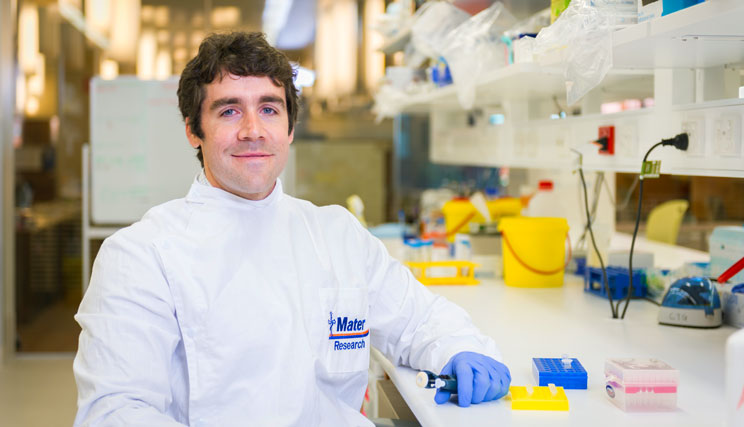
Westmead Clinical School, University of Sydney
Professor Vucic is a translational researcher, whose pioneering research has uncovered novel mechanisms that underlie the development of neurodegeneration in amyotrophic lateral sclerosis (ALS). He has identified important processes that contribute to the triggering of ALS, leading to the identification of novel therapeutic targets and therapeutic approaches. In addition, Professor Vucic has invented a much needed diagnostic technique for ALS, enabling an earlier diagnosis of ALS at a point where the disease may be amenable to neuroprotective therapies, and this technique has also enabled an earlier recruitment of patients into clinical trials. Professor Vucic has also made significant research contributions in the understanding of molecular and genetic processes underlying relapsing and progressive forms of multiple sclerosis, leading to development of novel treatments for these chronic diseases.
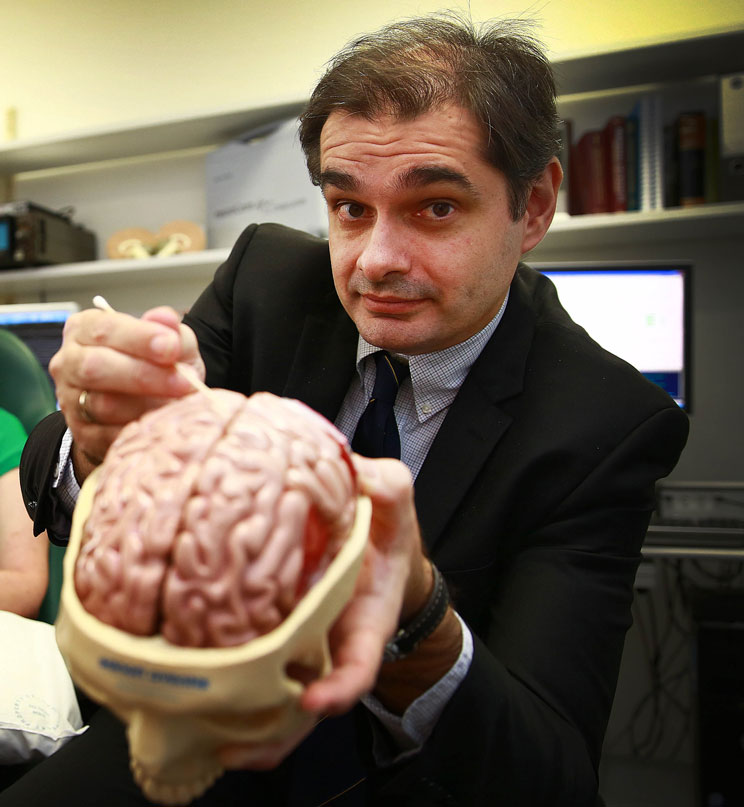
School of Environmental and Rural Science
University of New England
Professor Paterson is a world-leading researcher on the earliest animals in the fossil record, using exceptionally preserved Australian fossils to answer major questions relating to evolution, biogeography and palaeoecology during the two greatest radiations in the history of animal life – the Cambrian explosion and the Great Ordovician Biodiversification Event. He has made major contributions to the relative dating and correlation of strata around the globe in order to refine the geologic timescale for the Cambrian Period. He has published innovative research on how exceptional fossils come to be preserved. His rigorous field-based investigations of Cambrian rocks on Kangaroo Island and in the Flinders Ranges, South Australia, have brought Australian fossils to the forefront of understanding the evolutionary significance of Burgess Shale-type fossil assemblages and “small shelly” fossils, two of the most informative toolkits for identifying the roots of modern animal diversity in the Cambrian.

School of Mathematical Sciences
University of Adelaide
Dr Bennetts is an applied mathematician who models how waves of various kinds, e.g. acoustic waves, electromagnetic waves and waves at the surface of the ocean, are affected by solitary objects or assemblages of objects in their path. A major focus is on how ocean waves interact with ice floes in the polar seas, as this phenomenon appears to be a key contributor to the changes the Earth is experiencing in the Arctic Basin and the Southern Ocean due to the onset and furtherance of global climate warming. Because the polar regions are so important to the world’s atmosphere and oceans, the methodology that Dr Bennetts has created is also immediately applicable to the refinement of hemispheric-scale, coupled, operational climate forecasting, as well as contemporary research schema. His fusion of analytical technical mathematics with sophisticated computational methods allows real world problems, including nonlinear modes of behaviour, to be tackled and solved.
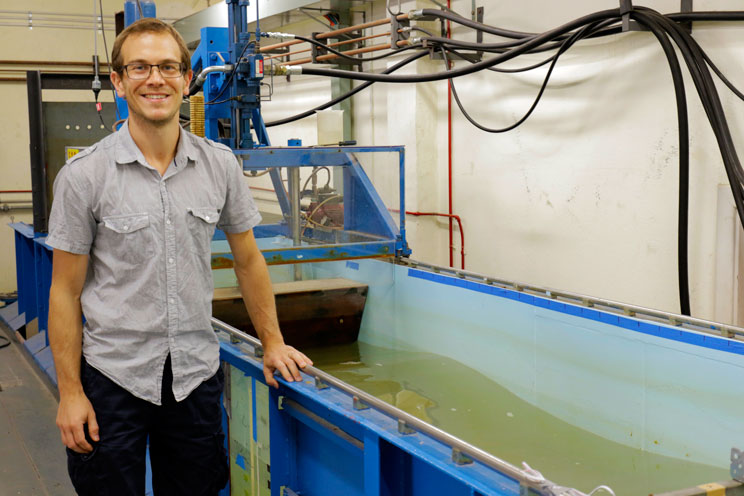
Climate Change Research Centre
UNSW
Dr Taschetto is internationally recognised as a leader in the field of climate systems science. She has made major contributions to our understanding of large‐scale oceanographic/atmospheric phenomena in the tropical Pacific and Indian Oceans, and their subsequent impact on regional climate. In particular, based upon her research findings, Dr Taschetto is widely considered as a leader in the development of our understanding about regional climate dynamics and global modes of climate variability, including the El Niño Modoki phenomenon. Her research has significantly and substantially advanced our understanding of the role of the oceans on regional climate variability from seasonal to multi‐decadal timescales and future projections. For these and other high-impact achievements, Dr Taschetto has made a major contribution both within and beyond her field.
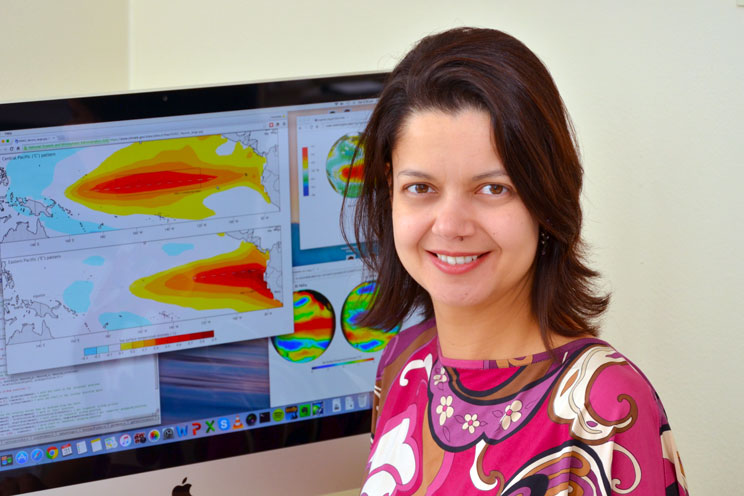
Nonlinear Physics Centre, Research School of Physics and Engineering
Australian National University
Associate Professor Shadrivov is developing new forms of metamaterials, with future use in photonics and communication technologies. Metamaterials are composite structures with carefully designed properties that are not found in nature. They can manipulate light and other electromagnetic waves in many unusual ways. For example, they can be tuned to absorb some ‘colours’ of light, which is useful for the next generation of security cameras which use invisible long wavelength, or Terahertz, radiation. Alternatively, metamaterials can be used in novel antennas, which will beam electromagnetic waves in carefully chosen directions and rapidly scan the surrounding environment. This is useful for many applications in modern industry, such as for car radar-type sensors in order to increase car safety.
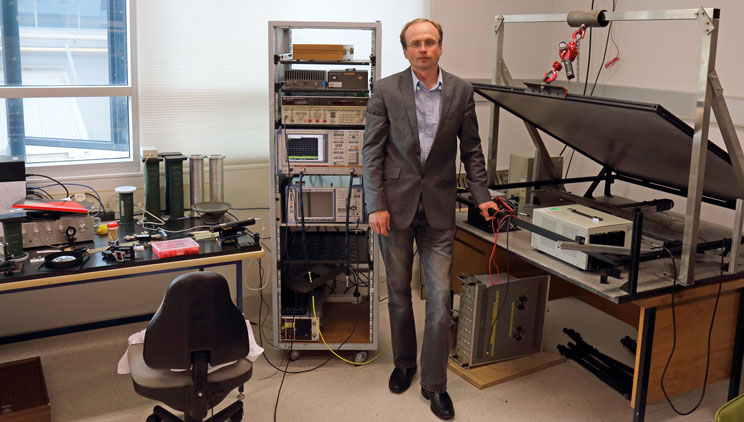
Research School of Astronomy and Astrophysics
Australian National University
Associate Professor Ireland develops and applies the latest optical and infrared technologies to build innovative astronomical instruments to probe the lifecycles of stars and planets. A central aim of his research has been to develop instrumentation and techniques capable of finding out how planets form and evolve. One example of this research has been the discovery of the first planet orbiting another star to be caught in the process of formation. He has also shown, both from theory and from observations using innovative astronomical instruments, just how dying solar-type stars shed their outer layers in a wind of molecules and tiny transparent dust grains. He is currently building innovative astronomical instrumentation for detecting planets around other stars, both for Australian telescopes and the largest international telescopes.
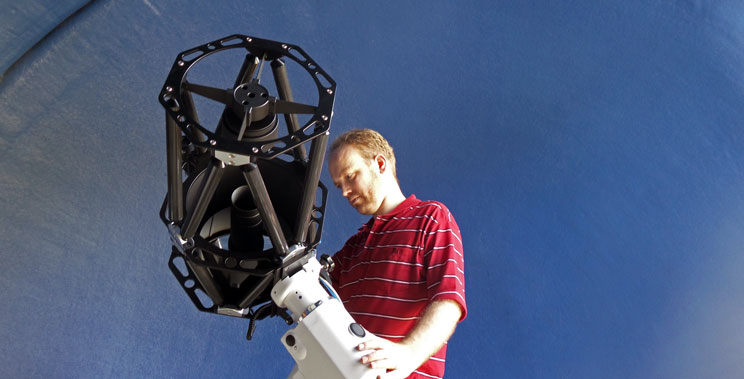
Australian Centre for Nanomedicine, Centre for Advanced Macromolecular Design
UNSW
Associate Professor Boyer has established himself as an authority in the field of polymer science, responsible for the development of innovative new methods of polymerisation as well as new materials for therapeutic and diagnostic application. Amongst his many research achievements in polymer chemistry, he demonstrated that chlorophyll and light could mediate and control the polymerisation of functional macromolecules. This is an important step-forward for the synthesis of macromolecules using bio-resources. He has also developed multimodal nanoparticles capable of delivering therapeutic molecules (such as chemotherapy drugs) that could be tracked using magnetic resonance imaging.
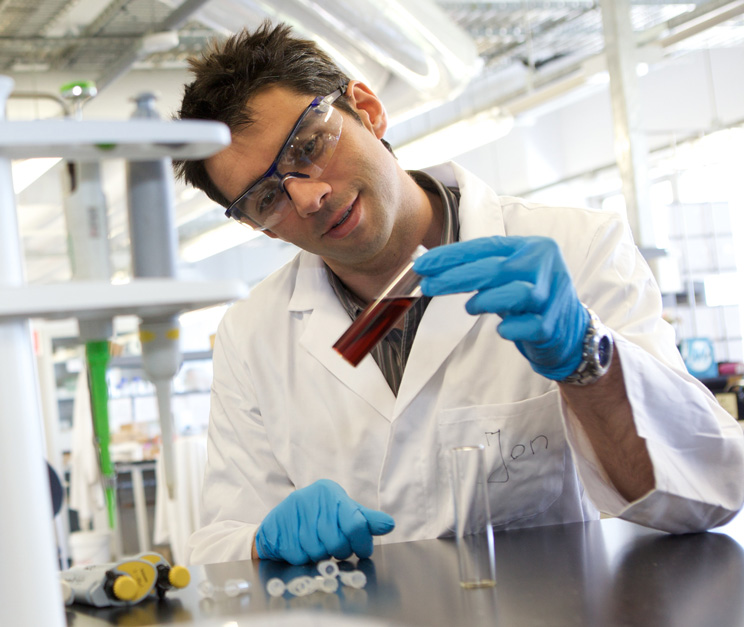
© 2025 Australian Academy of Science